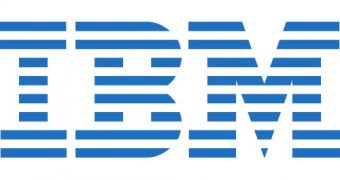IBM is one of those multilateral companies that always work on something with long-term implications, and one project has reached prototype stage, after seven years of research and development.
Racetrack memory is something that claims to combine the assets of DRAM memory and today's hard disk drives.
This is not to be taken in a strictly literal sense, of course, but in the way that Racetrack devices are supposed to be as fast as RAM, but as capacious as HDDs (both magnetic storage and solid state memory capabilities are involved)
IBM has been working on it since 2008, but only now has it reached the point where it demonstrated a chip in action.
Both read and write operations were shown on an array of 256 in-plane, magnetized horizontal racetracks.
The demo only did storing and retrieving singe bits on each nanowire, though, not multiple bits as is needed for an actual racetrack drive.
As such, it is feasible that, within the span of not too many years, massive amounts of information will be accessible in a billionth of a second.
“Throughout its history, IBM’s continued investment in scientific research to identify new materials and processes has not only extended current technologies but is providing a sustainable technology foundation for tomorrow,” said T.C. Chen, vice president, Science and Technology, IBM Research.
“Today's breakthroughs challenge the status quo by exploring the boundaries of science and transforming that knowledge into information technology systems that could advance the power and capability of businesses worldwide.”
Chen uses the plural because, in addition to racetrack, it advanced carbon nanotubes and graphene development as well, and this refers to other things besides graphene ink circuit printing).
Not only has the first CMOS-compatible graphene device been built, but IBM also “demonstrated the first transistor with sub-10 nm channel lengths.”

 14 DAY TRIAL //
14 DAY TRIAL //